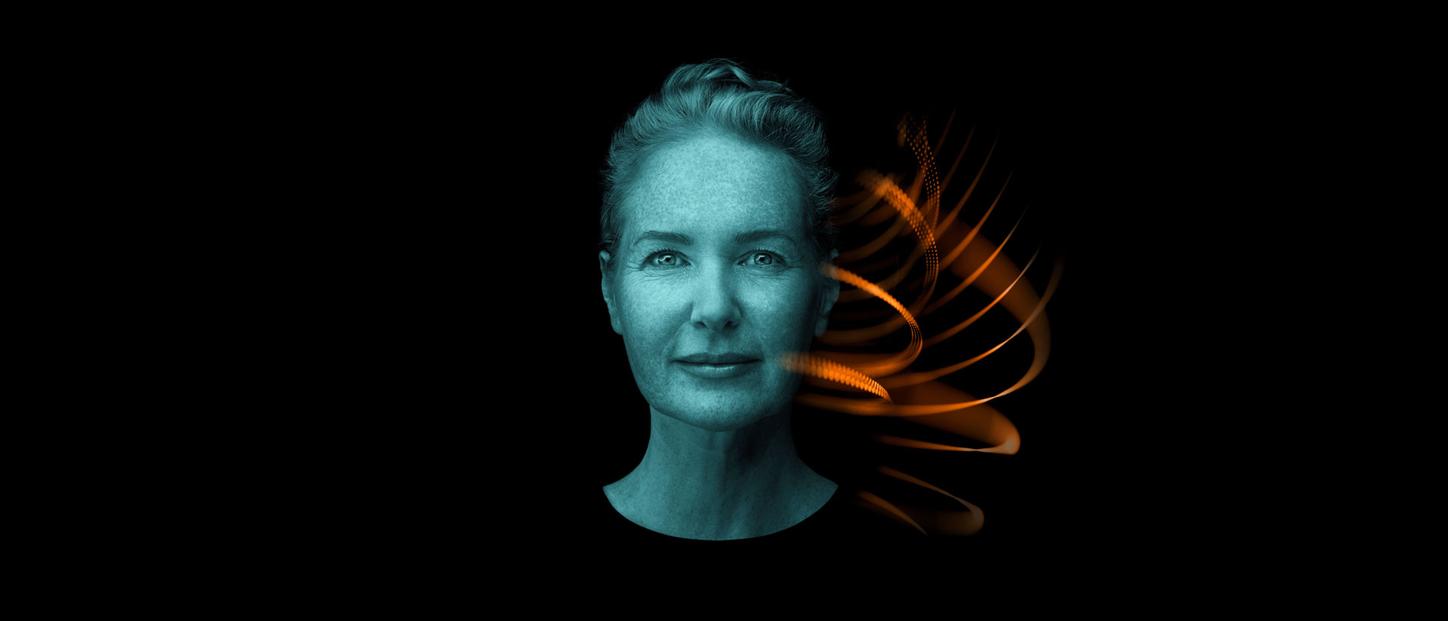Siemens Healthineers Deutschland
War diese Information hilfreich für Sie?
Danke für Ihr Feedback
Möchten Sie detailliertes Feedback mit uns teilen?
125 / 125
Kontakt
Adresse
Zentrale
Siemens Healthineers AG
Siemensstr. 3
91301 Forchheim
Kontaktmöglichkeiten
Kontaktieren Sie uns jederzeit.
Ihre Meinung, Ihre Fragen und Anregungen sind für uns sehr wichtig.











